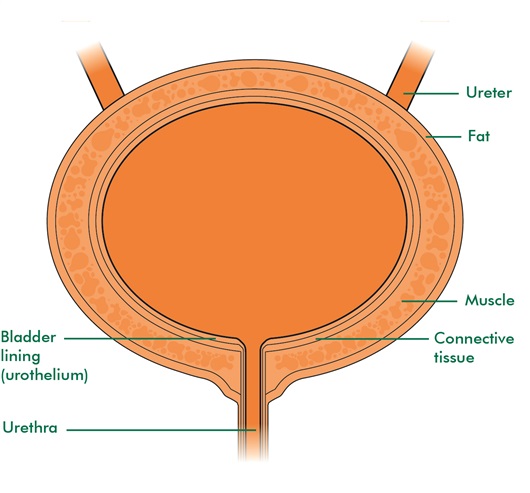It seems that every time you open a newspaper or switch on the news, there’s a different cancer prevention message. The volume of information can be overwhelming – and not helpful when some messages seem to contradict each other.
In the first of a two part blog about cancer prevention, we discuss some of the positive things we could all do to help reduce our risk of cancer.
Why it’s so important
In the…




